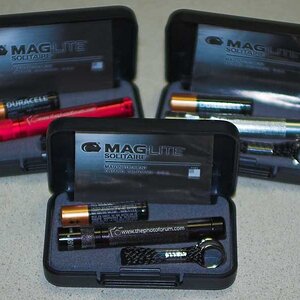- Joined
- Aug 15, 2013
- Messages
- 13,695
- Reaction score
- 3,369
- Location
- SE Michigan
- Can others edit my Photos
- Photos OK to edit
I tried memorizing that light stuff before. One reason I stopped shooting film eons ago.
Now with my camera I basically select the aperture that I want for the shot (which requires understanding DOF), then the shutter speed that I need (requires understanding stopping motion with the subject) and put ISO to AUTO (or manual set it). I usually don't have any issue when I do that, and I get the photo that I want.
Now with my camera I basically select the aperture that I want for the shot (which requires understanding DOF), then the shutter speed that I need (requires understanding stopping motion with the subject) and put ISO to AUTO (or manual set it). I usually don't have any issue when I do that, and I get the photo that I want.






![[No title]](/data/xfmg/thumbnail/38/38734-a0c4ec46a440db881aca3700b0c62879.jpg?1619738703)